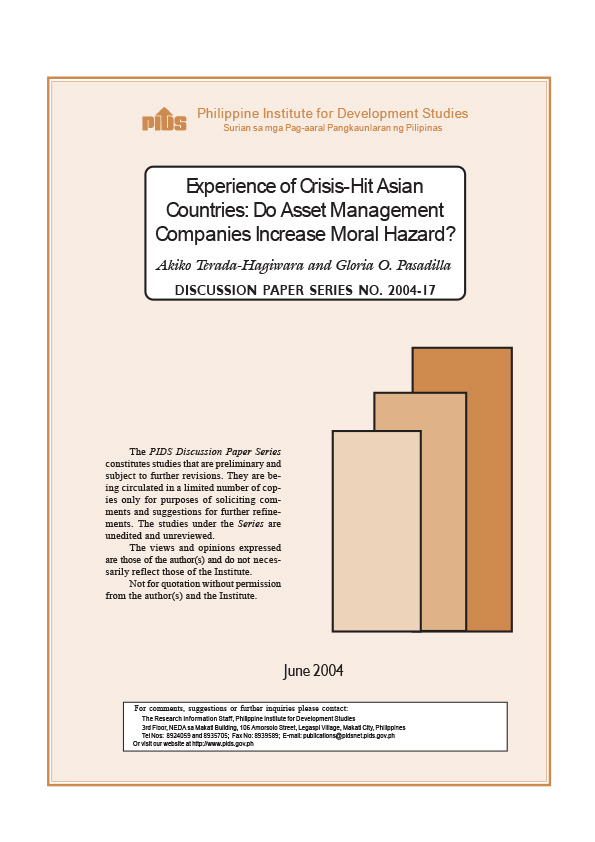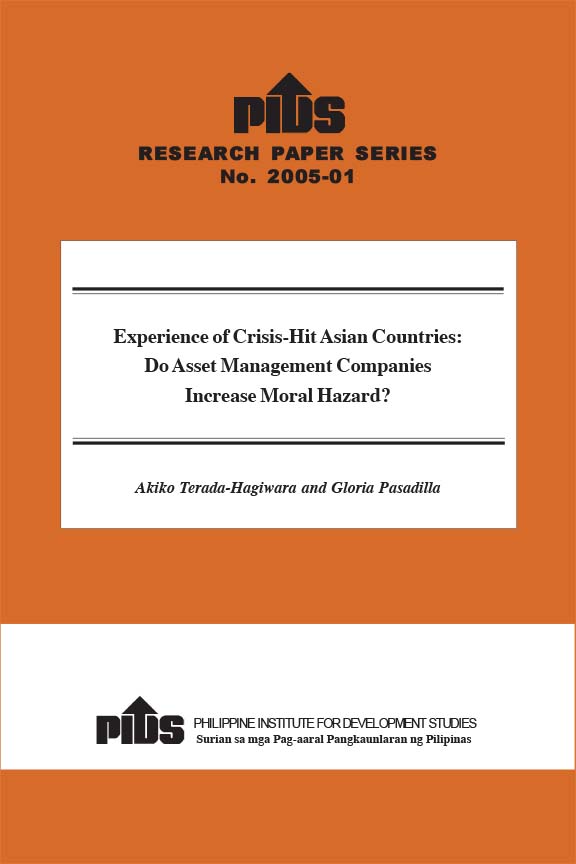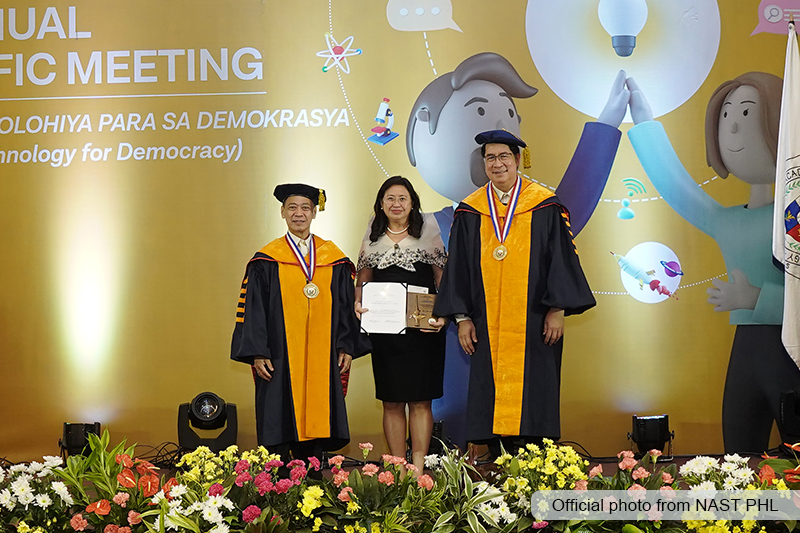TOURIST ARRIVALS in the Philippines are projected to hit 9.7 million by 2028, Fitch Solutions unit BMI said.
In a report, BMI said the Philippines’ tourist arrival growth is expected to average 14.8% annually to reach 9.7 million in 2028.
This year, it noted the Philippine tourism sector remains in a post-pandemic recovery phase.
Department of Tourism (DoT) data showed tourist arrivals in the January-to-October period jumped by 10% to 4.5 million from 4.1 million a year ago. BMI said this figure represents just 66.5% of tourist arrivals in the comparable period in 2019.
“With 10 months of tourist arrival data published for 2024, we maintain our view that arrivals over the year will fall short of a full pandemic recovery,” it said.
BMI projects tourist arrivals to go up by an annual 19.5% to six million this year, but still representing only 73% of the 8.2 million arrivals in 2019.
The DoT is targeting 7.7 million tourist arrivals this year.
“Our 2025 forecast for the Philippines’ tourist arrivals is growth of 38.4% year on year to 8.3 million arrivals which will mark a full recovery as they reach 101.1% of the 2019 arrivals,” BMI said.
Tourism Congress of the Philippines President James M. Montenegro said it is crucial to open up the country to more Chinese and Indian tourists to drive the tourism sector’s recovery.
“If we’re able to issue more Chinese visas, then we will hit the seven million arrivals easily. If we open up our borders to the Indian market, then we can even hit maybe 10 million,” he said in a phone call with BusinessWorld.
He also noted that the lack of Chinese tourist arrivals was the main issue for the tourism sector’s struggles this year.
In 2019, China was the second-biggest source of foreign tourists for the Philippines, accounting for 1.74 million out of the total arrivals of 8.26 million.
“For 2025, if we don’t fix our restrictions on China and to India, it will still be Korea, Japan, and the US. Australia is an upcoming market and there are the European markets,” Mr. Montenegro said.
The Philippines has failed to capitalize on the rebound in Chinese tourists to Southeast Asia, unlike Thailand, Singapore and Malaysia, which offer visa-free entry to Chinese tourists. Thailand is targeting 36.7 million foreign arrivals this year, with Chinese tourists accounting for nearly six million.
The Philippine government has tightened visa requirements for Chinese tourists amid heightened tensions in disputed territories in the South China Sea. Airlines have also reduced direct flights to China amid weak tourist demand.
Philippine Institute for Development Studies Senior Research Fellow John Paolo R. Rivera said the Philippines has faced challenges such as limited flight capacity and infrastructure bottlenecks in key tourism areas.
“Global economic uncertainties, dampened revenge travel, high oil prices and higher airfares have affected discretionary travel budgets, which may also have impacted international arrivals,” he said.
Mr. Rivera said South Korea, the US and Japan are expected to remain major source markets due to their “strong historic ties” to the country.
“The Chinese market, while slower to recover due to recent travel patterns and their domestic economic factors, could rebound by 2025 as consumer confidence grows and visa restrictions are relaxed to some extent,” he said.
Mr. Rivera also said Southeast Asian neighbors like Thailand, Indonesia and Vietnam have seen faster tourism recovery from the pandemic due to more aggressive marketing campaigns and more established tourism products, services and infrastructure.






